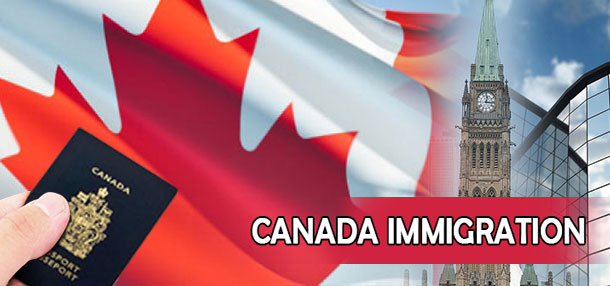The History of Canadian Immigration:
Also known as the “land of immigrants”, Canada is the place where all the dreams come true. Millions of immigrants have been coming to settle in Canada and have helped in developing Canada into what it is today since the 19th century. In the beginning, the settlers came mostly from England and France. Right from the beginning, Canada has is a staunch upholder of multiculturalism. The first Governor-General of Canada, John Buchan said in his famous speech addressing the immigrants that maintaining their individuality will retain the national character. Even a century later, the inclusive legacy of Canada is still being carried forward through its extensive immigrant-friendly approach, History of Canadian Immigration.
24% of the Canadian population speaks languages other than French and English. In Canada, the fertility rate is 1.68 children per female. Due to the low level of population growth, the biggest source of population increase is immigrants. The top ten countries of origin of immigrants in Canada include China, India, Pakistan, and Iran.
During the Great Migration of Canada in 1828, Britain passed an act to regulate the carrying of passengers in merchant’s vessels. It was the country’s first legislative recognition over the safety and well-being of immigrants. This act is now widely recognized as the foundation of British colonial emigration.
Canadian Citizenship was introduced under the Immigration Act of 1910. Its objective was to designate British subjects domiciled in Canada. However, other British subjects still required permission to enter the land. In 1921, the Canadian Nationals Act was enacted which introduced the separate status of “Canadian Nationals” to British subjects including their wives and children who have not yet landed in Canada.
After the Statute of Westminster in 1931, the monarchy ceased to be an exclusively British institution. As a result, gained the status of “subjects of the crown”, similar to all other nations living under the Commonwealth realm. Canada is the second country among the Commonwealth nations to establish its nationality law in 1946.
The enactment of the Canadian Citizenship Act, 1946 enabled individuals to acquire Canadian citizenship under the condition of either being a British subject or an Indian or Eskimo who had been admitted to Canada as landed immigrants before the Act took effect. At that time, a British subject was deemed as anyone who was from the UK or its colonies. Canada immigration by investment service in Pakistan.
In 1977, Canada removed the restrictions on dual citizenship. From then on, Canadian citizens no longer remained subjected to involuntary loss of citizenship. The provisions of 1946 legislation were repealed.
In 2006, Garth Turner popularized the term “Canadians of convenience”. This term was used to define the flexible immigration policies of Canada that allow citizens to retain dual nationality while having the freedom to move back to their home country. Canadian citizenship was deemed as a safety net for immigrants and refugees.
Canada immigration by investment service in Lahore Pakistan. Canada Entrepreneurial naturalization by investment.
Looking back at history reveals that the immigration-friendly stance of Canada is nothing new. It is considered among the best countries to migrate in 2020. The Canadian government encourages foreigners to immigrate to Canada. The environment of Canada is very welcoming for immigrants. The government itself has introduced a framework to facilitate the integration of immigrants into Canadian society.

